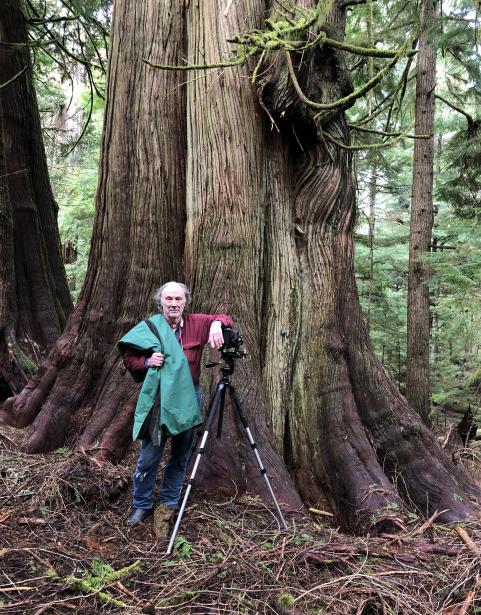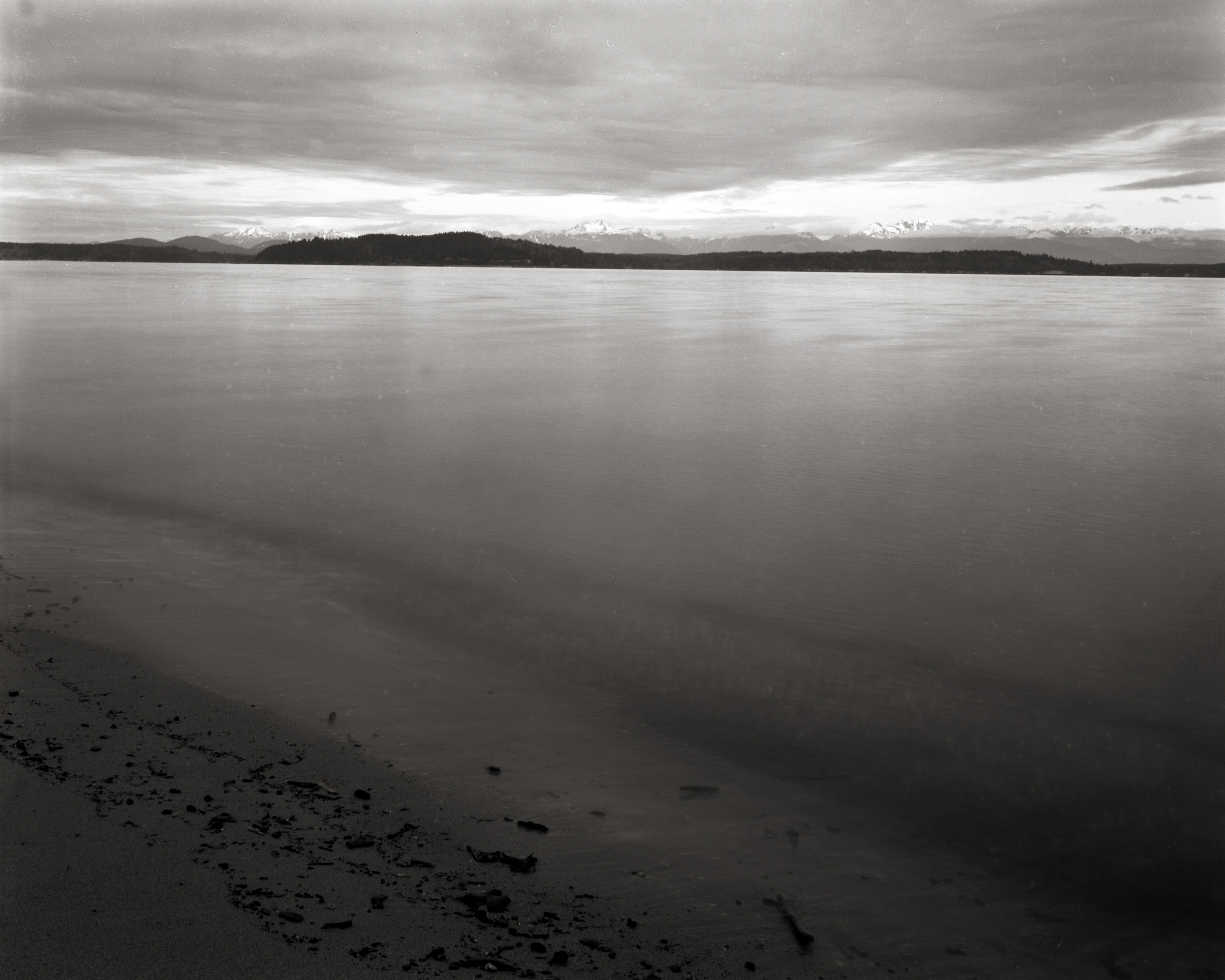As a courtesy to all of the thousands of loggers who have toiled in the wet dark forests of western Washington over the past century and a half, I feel compelled to disclose that I have never personally awoken at five o’clock in the morning just to stand in the freezing rain for eight hours with an ax in my hand on even a single wintry day; I have never attended the funeral of a companion who was mangled by a falling tree, run over by a locomotive or blown apart by the exploding boiler of a steam donkey; I don’t even own a hickory shirt or a pair of white ox gloves.
My ancestors arrived in Mason County in 1884. The men all worked in the logging camps. My grandfather became the superintendent of Phoenix Logging Company and it was the “headquarters camp” at Potlatch on Hood Canal where my mother was raised. I graduated from Shelton High School whose mascot is the Highclimber - a logging camp daredevil whose work required great courage and stamina.
There was a time before Microsoft, Amazon and Starbucks – when timber was a big deal in Washington... a really big deal. A close look will reveal that the provenance of virtually every community west of the Cascades can be traced in some way to our timber heritage. This extends from Henry Yesler’s mill (1853) in a settlement that would grow to be Seattle, to the hundreds of small mills that were constructed in places like Cicero, Aloha, Napoleon, Arctic, Pluvius, Moose and Tulip.
By 1910, Washington was the nation’s largest lumber producing state and the industry employed nearly two- thirds of the state’s wage earners. By 1920, more than 300 logging camps and 800 saw and shingle mills were scattered throughout the State’s timberland settlements. Some of the northwest’s iconic industrials, men like William Boeing (who got his start in the Grays Harbor timber industry) and William Pigott (whose Pacific Car & Foundry built logging railroad equipment long before they got into the truck building business) spent many hours among the fallers, and buckers, choker setters and hook tenders. Then, the unimaginable occurred... the ancient forests were nearly all cut down.
Hidden among the second-growth forests, streams, and ponds (and in some cases, urban parking lots, lakeside vacation homes, and beneath the waters of hydroelectric dams) however, the places where these hardy pioneers toiled, remain. Curious about what they might look like now, in 2016 I started hunting for them. I read newspapers, studied maps and talked to local residents.
Eventually it became apparent that the peripheral accounts were as much a part of this quest as were the actual sites. Among the dozens of reported horrific deaths were occasional curious accounts including the 1888 demise of Benny Morrill’s cow by a logging locomotive in downtown Shelton. Bystanders saved the meat and sent it up to one of the camps. On another occasion several years later a Blakeley railroad locomotive was derailed by a log which had been rolled onto the track by “religious cranks who claim to represent the new and lateral house of Israel.” Not amused, Superintendent George Simpson had them arrested. On another occasion a Simpson logger by the name of William Mulcahy doctored his $3.15 paycheck to read $30.15. Mulcahy was apprehended and Judge Irwin sentenced him to a year at Walla Walla.
My visits have been recorded on large format film (now about 2500 of them) and silver gelatin paper. Today these are quiet and soulful places, but there was a time when they were rowdy and full of life, occupied with men working ten-hour days for ten dollars a week– laboring amongst the shrill blasts of locomotive whistles, the crash of falling trees and the whirl of saws. Accompanied by the sound of a camp house fiddle, the accents from a dozen foreign countries, and a shared thrill of adventure, they bravely stared down the dangerous work and tamed a frontier



